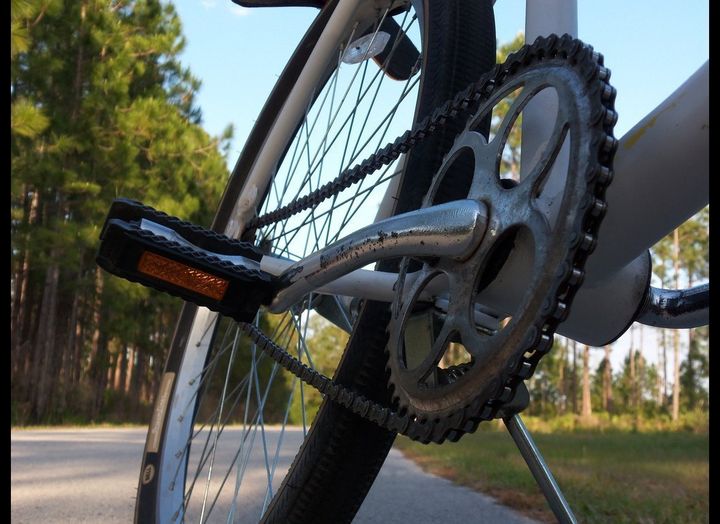
A few years ago I had the pleasure of spending time in Vancouver, B.C. If you haven't had the same opportunity, let me say it is a great, perhaps ideal city that is very walkable and bike-friendly.
It made me ask the question: Do I just move to a city that has everything I want or do I work to make my hometown better?
Of course, this assumes that one can make his/her hometown better. The city of Detroit is already one of the most bike-friendly urban areas in America, with its lack of vehicle traffic and flat terrain -- and it's getting better. It still has room for improvement.
Some of the inner ring suburbs have potential, too, especially those planned and built during Detroit's streetcar era. While many families had cars during that time, chances are they had just a single car, leaving other family members using public transit, walking and biking. To accommodate these modes, the street patterns were designed in grids, which studies show makes biking and walking much easier.
However, other suburban parts of Metro Detroit don't share that potential. Many suburbs have been designed with policies that unintentionally make them less walkable and less bikeable. Minimum lot sizes, cul-de-sacs, high-speed roads and no mixed-use zoning all contribute to low density development. It's here where you'll see more bikes on cars than people on bikes.
These communities are designed on the assumption that most everyone can and wants to drive a car and that fuel isn't all that expensive. It's becoming clearer that this assumption has an expiration date.
Speaking of density, there's an old Steven Wright joke that everything's within walking distance if you have the time. Of course the reality is people don't have the time, much less the motivation to go much beyond a half mile.
Irregardless, some lower density communities believe that having good walkability is simply a matter of putting sidewalks on one side of their roads. That may help, but if the closest grocery store is three miles away, people won't walk there. There's still a need for destinations being relatively close together.
And this brings up another major issue within the Metro Detroit. For most communities, biking and walking are for children or recreation. The roads? Those are for cars. In fact on the Oak Routes brochure, the Road Commission for Oakland County mentions their goal of getting bicycles off the "motorized" road network.
However, this could change to some extent in our lifetimes. Pushing this change is the national Complete Streets movement that calls for designing roads for all legal users of all ages and abilities. The support for Complete Streets is bubbling up from the grassroots while filtering down from the U.S. Department of Transportation. Groups like MDOT and the Road Commission for Oakland County now have Complete Street advisory committees. Progress is being made.
A small handful of Metro Detroit communities are genuinely supportive and ready to implement Complete Streets. And cities like Detroit are implementing these designs now.
But unfortunately while many other communities have been quick to support the Complete Streets concept, they have shown little commitment to change anything.
Not long ago I was speaking with someone from an exurb township who was lamenting his two options for family bike rides: short loops around his subdivision or load all the bikes in the car and drive somewhere else. I shared my condolences.
Some folks might just want to move.